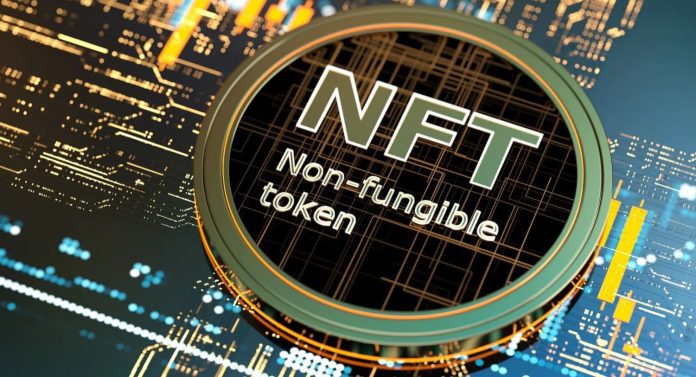Non-fungible tokens (NFTs) are a new type of digital asset that has made waves in the art world. NFTs offer unique, one-of-a-kind representations of physical or digital artwork which can be tracked on an immutable blockchain ledger. Unlike Bitcoin and other fungible cryptocurrencies, each NFT is not interchangeable because they serve as proof of authenticity for their associated artwork. This technology has enabled more direct connections between artists and fans, disrupting traditional purchases from galleries, museums, and auction houses to create unprecedented opportunities for both creatives and collectors alike. To efficiently trade Bitcoin, you must use a reliable trading platform like this trading app.
How are NFTs transforming the Art world?
Affordability and Accessibility
The arrival of NFTs as well as blockchain technology is altering the art scene and redefining ownership. NFTs enable definite proof of ownership by making special electronic representations of digital or physical art, that are kept in a centralized electronic database. Keep in mind that simply since you possess an NFT doesn’t imply you always wear the artwork it refers to. Some NFTs might not be offered with the actual physical art, though others may. This distinction poses crucial questions regarding the value and ownership of artwork in our digital era.
Damien Hirst’s “The Currency” collection of 10,000 NFTs has triggered questions regarding the connection between tangible art along with its electronic presentation. Each NFT represents an individual digital art and purchasers have to select between the two; another is destroyed. Additionally, museums are looking at the usage of NFTs, generating digital copies of masterworks to raise money for restoration. Muses also are wrestling with the notion of NFTs since art forms are in their right, resulting in new issues concerning their curation, storage, and acquisition.
The appearance of NFTs might produce a new kind of art purchaser by producing fractionalized art ownership even more readily available. Where conventional art money usually wears a profile of works, blockchain technology enables simpler and much more widespread fractional ownership of specific artworks. This enables consumers to purchase into the secondary market for a lesser quantity of the art form, democratising the art market and potentially revealing new avenues of investment.
Experience and Knowledge are Gained
The growing NFT art business is just a single example of the reasons why you must use caution when purchasing new markets and products. Without adequate regulation, there exists an opportunity for lots to make money from other individuals in pursuit of outsized gains. In addition, with lots of competition platforms, you must consider the limitations of currencies as well as offers. It is wise to have the viewpoint of an art specialist or lawyer because you will have to talk about legal problems as well as pricing.
Despite the deterioration in the art sector brought on by NFTs, the concepts of taste, as well as passion assets, are still alive in this new era of digitalization. Just like the conventional art marketplace, new collectors influence the values as well as tastes of artists, pictures, events and communities. This indicates the subjective and emotional variables which have usually influenced the art industry remain pertinent these days, and individual taste, as well as passion, keep on playing a significant role in the art industry, even as new technologies such as NFTs influence the environment.
Profits and Players
Artists as well as their works usually went through galleries as well as auction houses to get to museums and collectors. Following that, NFTs significantly changed it, helping artists to sell directly to customers. The NFTs also can alter the cost and payment of artists. NFT deals may consist of royalty payments for artists on subsequent sales, providing them with a little potential upside. Be cautious of this free art market, because there is a decrease in primary and secondary markets, so be careful and educated.
Disclaimer: This article contains sponsored marketing content. It is intended for promotional purposes and should not be considered as an endorsement or recommendation by our website. Readers are encouraged to conduct their own research and exercise their own judgment before making any decisions based on the information provided in this article.



































